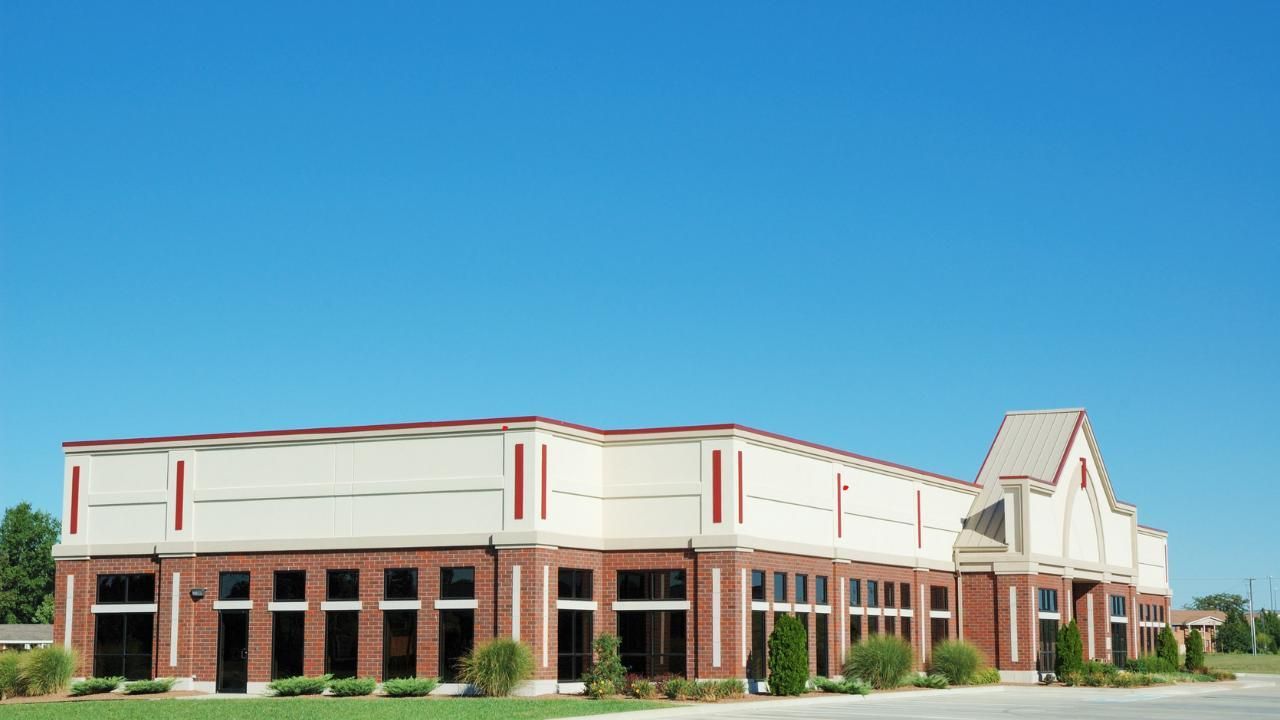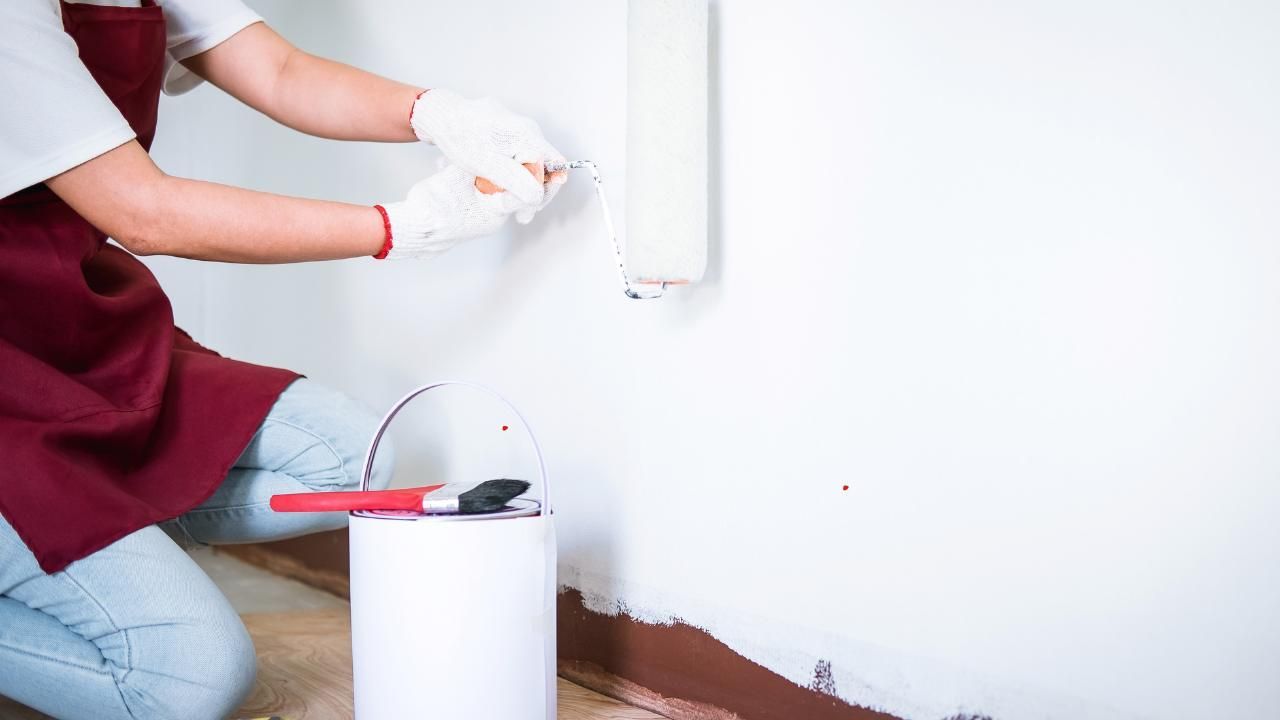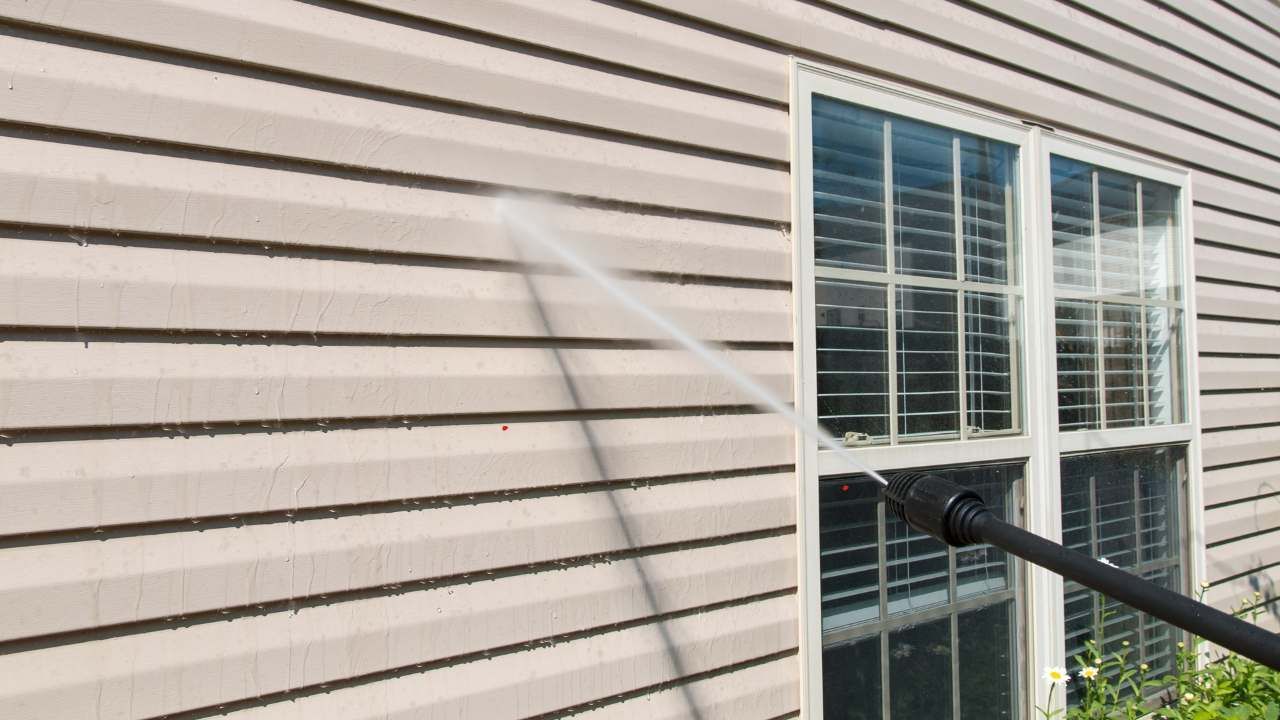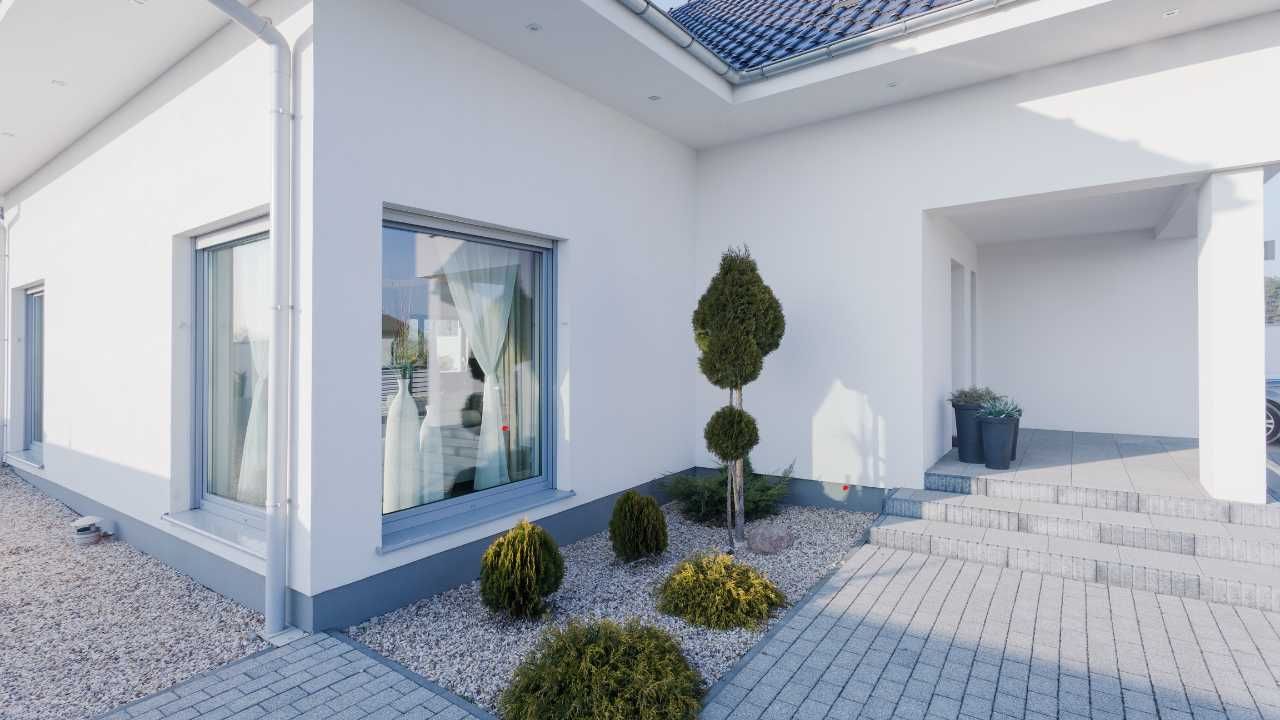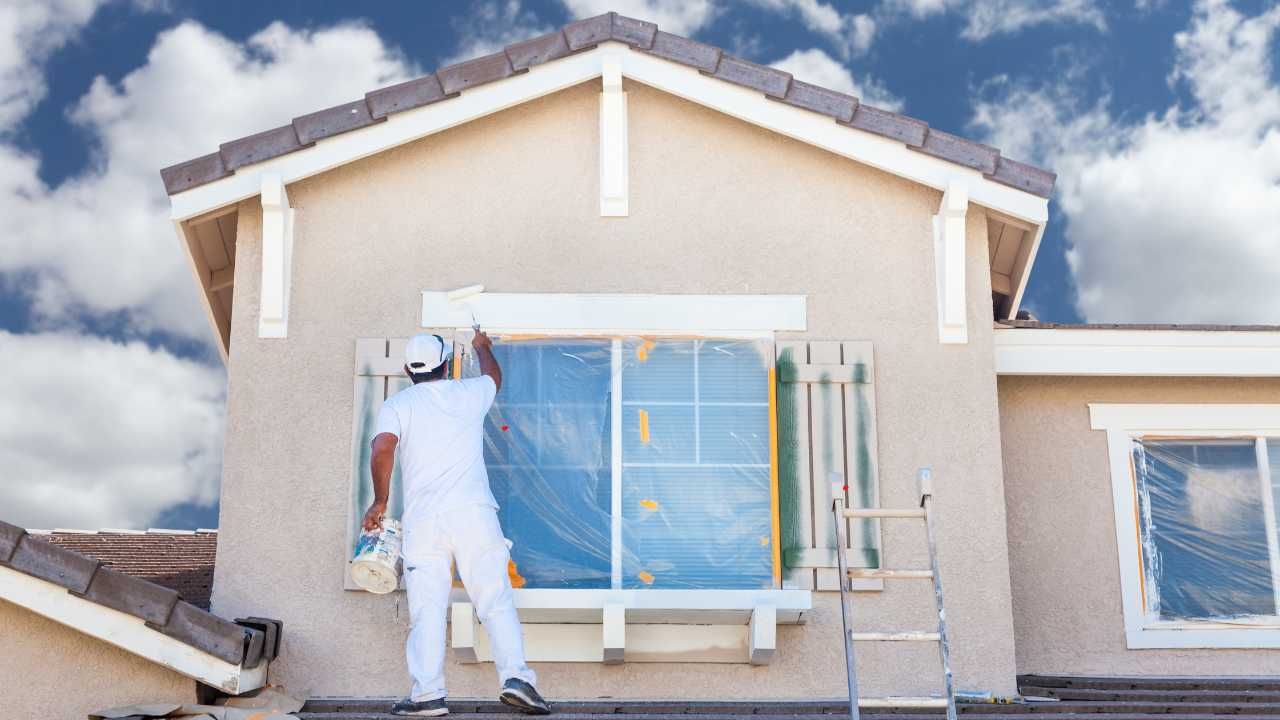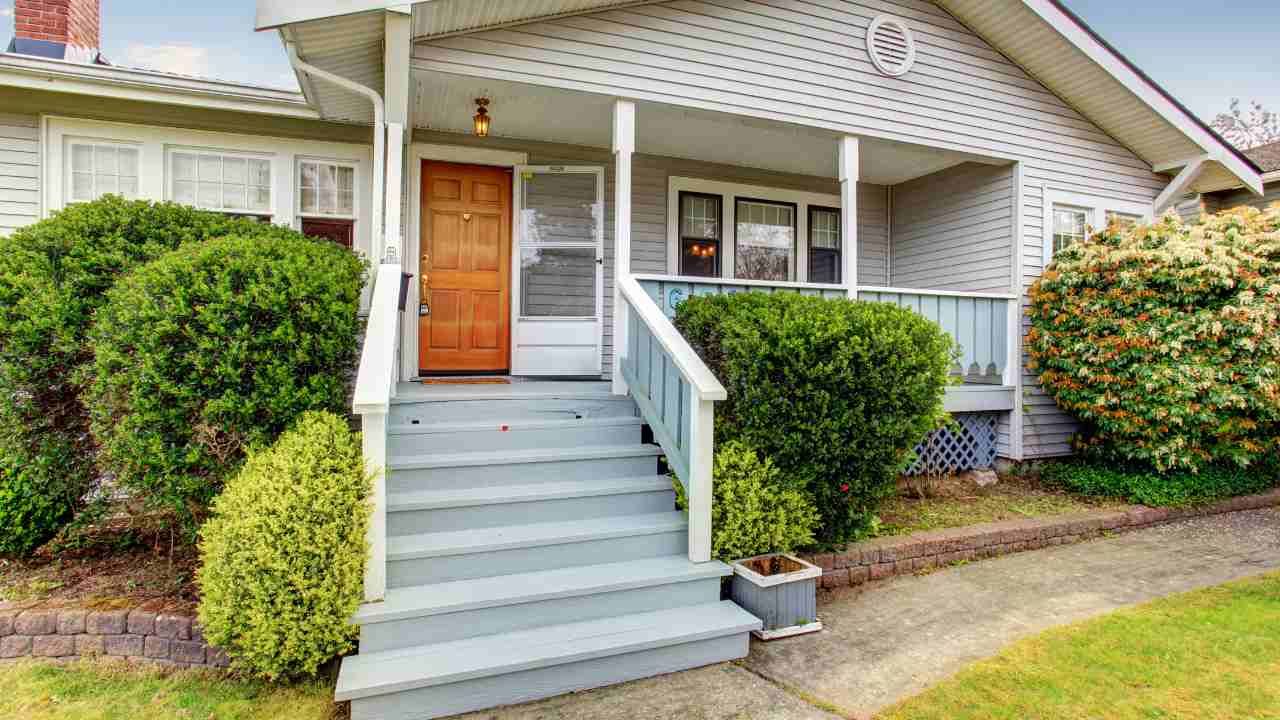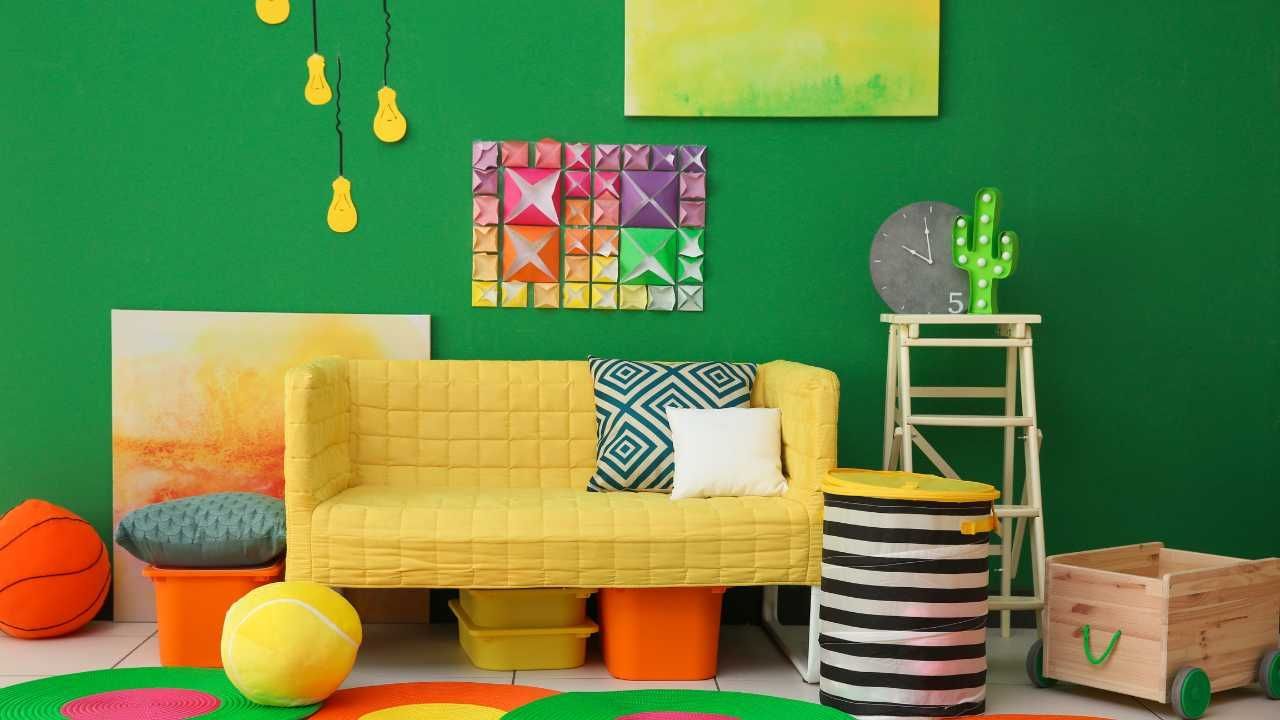Is It Possible to Update a Historic Home Without Losing Its Soul?
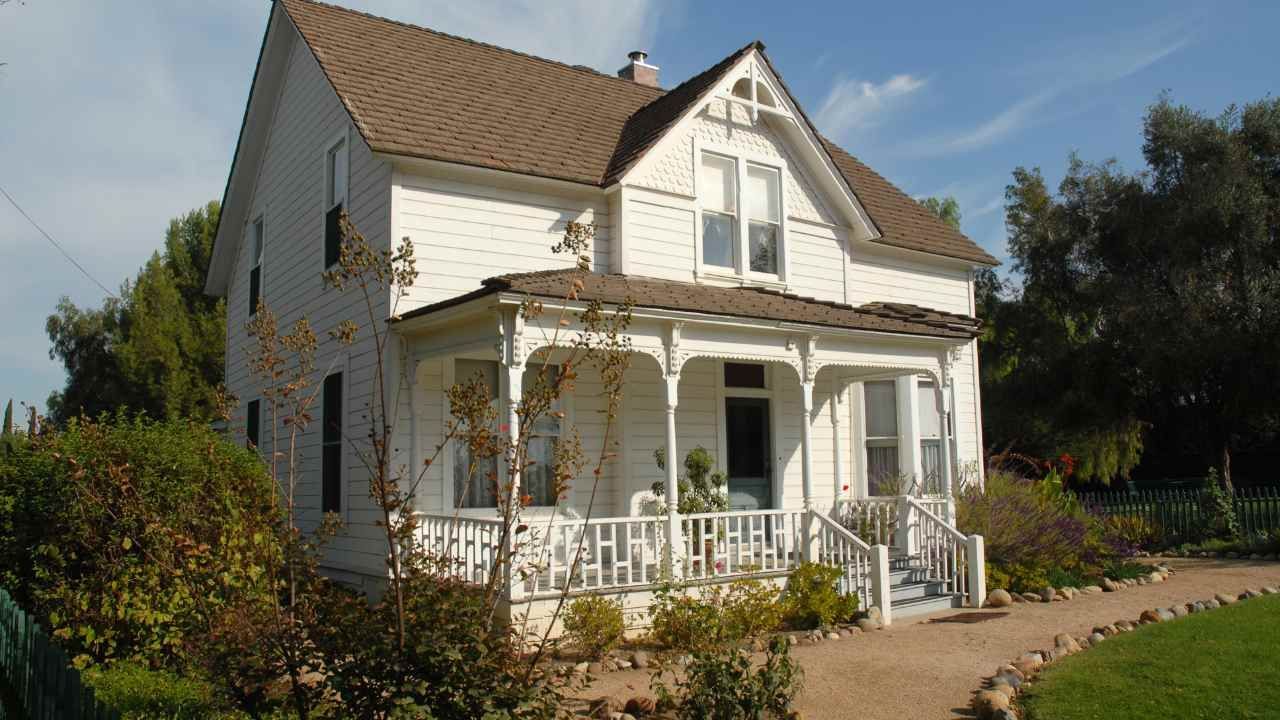
There’s something magnetic about historic homes. The creak of original hardwood floors, crown moldings carved decades ago, and walls that have stood the test of time—each detail whispers a story. But when those walls start to peel, fade, or feel dated, homeowners face a tough question: how do you modernize without erasing the charm?
That’s where we come in.
As local painting contractors, we’ve helped countless homeowners find that delicate balance between restoration and reinvention. Because while it’s tempting to splash on a trendy color or flatten every textured surface, preserving character requires a more thoughtful touch.
The Challenge of Blending Old with New
Every historic home comes with quirks—some endearing, others frustrating. Uneven surfaces, aged wood, and delicate trim work make even the simplest painting job more complex. But complexity isn’t a bad thing. It just means your home deserves a custom approach.
Rather than working against the character of your space, we lean into it. That might mean:
- Using breathable, low-VOC paints that won’t trap moisture in century-old walls.
- Carefully prepping delicate features like crown molding or decorative paneling.
- Matching vintage color palettes with modern, durable formulations.
It’s about respecting what makes your home unique—while giving it a fresh, clean start.
Why Modern Techniques Matter
Let’s set the record straight: modern painting techniques aren’t here to bulldoze your home’s history. They're tools—refined over time—to help protect and enhance it.
Today’s paints are engineered for longevity, better adhesion, and environmental responsibility. Combine that with modern tools like airless sprayers, precision tape, and advanced primers, and you get cleaner lines, smoother finishes, and longer-lasting results. The key? Applying these tools with an artist’s eye, not just a technician’s hand.
We’re not just painting walls—we’re honoring architecture. Whether it’s recreating an aged patina for a Victorian hallway or updating the kitchen with a color that complements those original window frames, it’s all about thoughtful balance.
Case Study: A Century-Old Gem Reimagined
We recently worked with a couple who had just bought a 1910 Craftsman home tucked away in a leafy neighborhood. The bones were beautiful—coffered ceilings, built-in shelves, and oversized windows—but the interior was drowning in dark, heavy hues from decades past.
After a detailed consultation, we crafted a plan to refresh the space without stripping its soul. We prepped the surfaces using non-invasive techniques, preserving the original woodwork wherever possible. The walls were repainted with a warm, soft white that let the millwork shine. For the dining room, we introduced a muted sage—echoing colors common in early 20th-century homes, but using a modern, washable matte finish for daily livability.
The result? A space that felt lighter, brighter, and unmistakably theirs—while still giving a respectful nod to its origins. They didn’t lose the home’s history. They added the next chapter.
Small Updates, Big Impact
You don’t need to gut a historic home to make it feel more modern. Sometimes, it’s the smallest changes that breathe new life into a space:
- Repainting built-in cabinetry can instantly refresh a room without touching the layout.
- Accenting architectural details like ceiling medallions or door trims in a slightly contrasting color adds dimension.
- Reworking a single feature wall with a contemporary finish or tone can bridge the past and present seamlessly.
The beauty of paint is that it’s reversible. You can experiment and evolve—without committing to permanent structural changes.
Preserving Integrity Takes Skill
Working on historic homes isn’t just about craftsmanship—it’s about mindset. You need a team that treats the process with respect, not just speed. From the prep work to the final coat, every step must be deliberate, measured, and informed by experience.
We don’t rush. We don’t cut corners. And we never treat old homes like blank canvases. Because they’re not. They’re living documents of design, culture, and history.
Ready to Refresh Without Regret?
If you're thinking about giving your historic home a refresh, don’t settle for just any painters. You need local painting contractors who understand how to preserve character while delivering modern comfort. At Next Step Painting LLC, that’s exactly what we do—one thoughtful brushstroke at a time. Contact us to learn more about the services we offer and how we can help.



